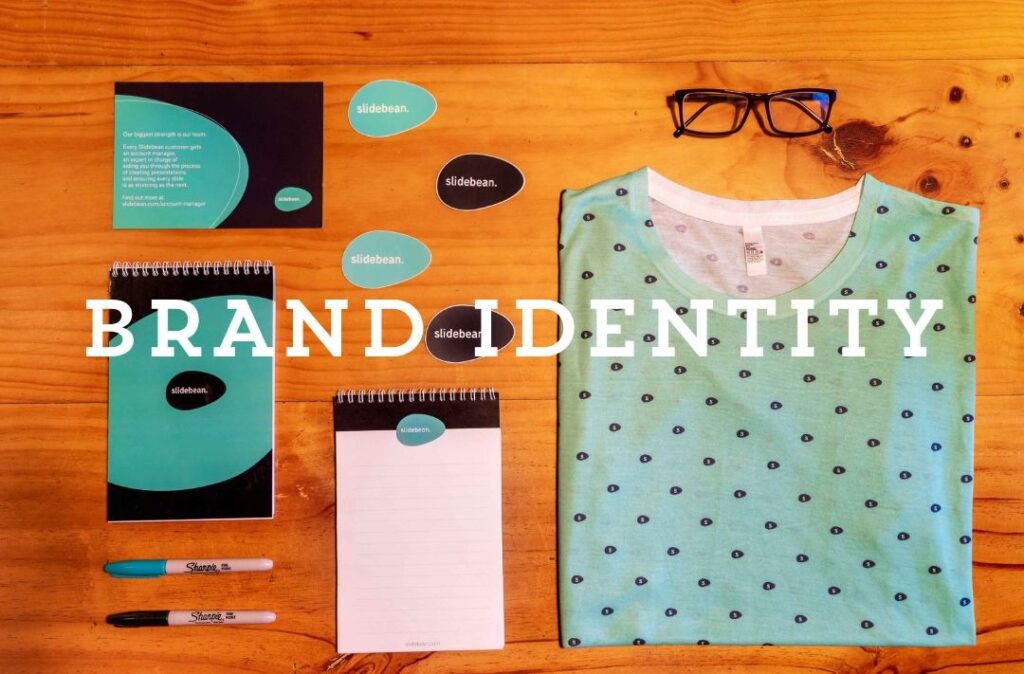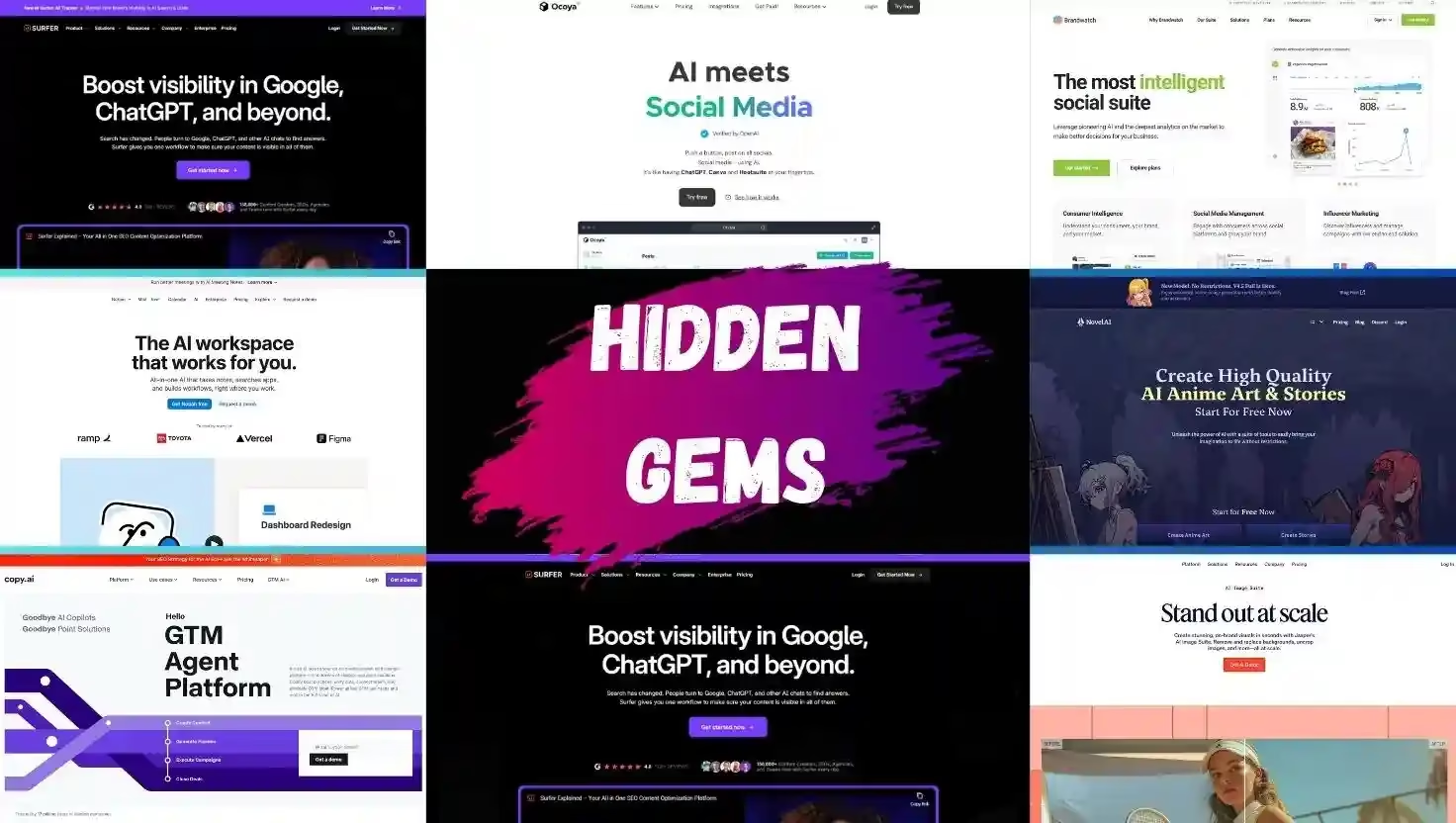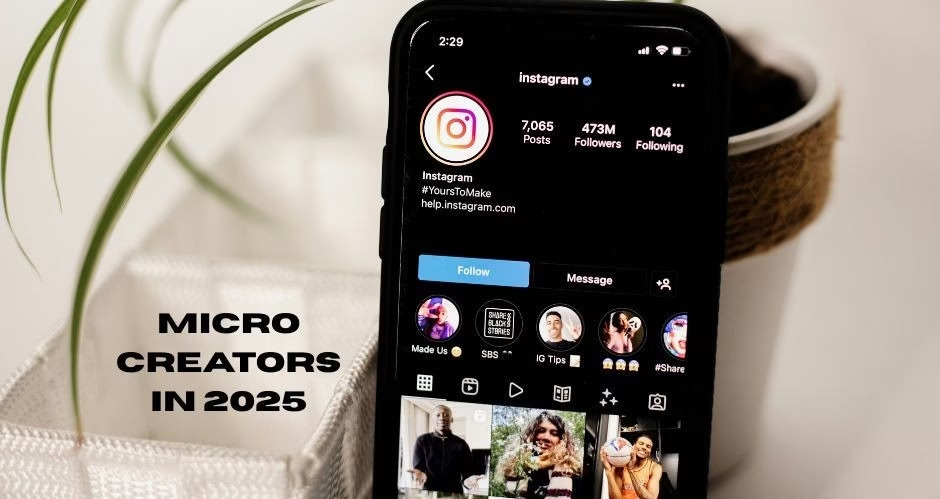In today’s hyper-competitive marketplace, your brand identity serves as the foundation of your business success. With consumers exposed to over 5,000 brand messages daily, creating a distinctive brand identity isn’t just important—it’s essential for survival. Your brand identity encompasses far more than visual elements; it’s the complete emotional experience customers have with your company.
Research shows that 77% of consumers actively choose to buy from brands that align with their personal values, making brand identity a critical factor in purchasing decisions. Building a strong brand identity has evolved into the cornerstone of sustainable business growth in 2025, influencing everything from customer acquisition to long-term loyalty.
Whether you’re launching a startup or refreshing an established company, developing a cohesive brand identity strategy will determine your market position. This comprehensive guide reveals five proven strategies to build a brand identity that not only captures attention but converts prospects into devoted customers.

1. Define Your Brand Identity Core: Mission, Vision, and Values
Before exploring visual elements or marketing tactics, establishing a clear brand identity foundation through your mission, vision, and values is crucial. Your brand identity core isn’t just corporate terminology—it’s the North Star that guides every strategic decision and customer interaction.
Consider how Patagonia’s brand identity centers around their mission: “We’re in business to save our home planet.” This brand identity statement influences everything from product development to activism campaigns. Similarly, Apple’s brand identity vision “to bring the best user experience to customers through innovative hardware, software, and services” appears consistently across their sleek product ecosystem.
A well-defined brand identity core creates differentiation because it provides clear decision-making criteria. When you understand exactly what your brand identity represents, you can confidently decline opportunities that don’t align with your core values, maintaining authentic brand identity consistency.
According to Harvard Business Review, companies with clearly defined brand identity values see 12% higher revenue growth compared to competitors without established brand identity frameworks.
Your action step: Create a one-sentence brand identity essence statement that encapsulates your unique value proposition. This brand identity statement should be memorable enough for any team member to recite confidently.
2. Create a Distinctive Visual Brand Identity System
Your visual brand identity often creates the first customer impression, and research indicates you have only 50 milliseconds to make that impression count. While logos remain important, comprehensive brand identity encompasses color palettes, typography, imagery styles, and complete design systems that work cohesively across all touchpoints.
In 2025, innovative brand identity trends are reshaping visual communication strategies. Adaptive logos that transform based on context are gaining significant traction—observe how Spotify’s brand identity incorporates dynamic color shifts reflecting playlist moods. Three-dimensional gradients and immersive typography are revolutionizing brand identity presentations, creating more engaging, interactive experiences.
Successful brand identity requires unwavering consistency across all customer touchpoints. Your Instagram posts should seamlessly align with your website design, which must coordinate with email newsletter aesthetics. This brand identity consistency builds customer trust and creates instant brand recognition.
Your action step: Develop a comprehensive brand identity style guide including precise color codes, font specifications, and usage guidelines. Tools like Adobe Express or Canva Pro simplify creating mockups and maintaining brand identity consistency across marketing materials.
3. Develop Consistent Brand Identity Voice and Messaging
Your brand identity voice represents how your personality emerges through every content piece you create. It’s the critical difference between sounding like an impersonal corporate entity and connecting with your audience as a trusted advisor with authentic brand identity.
Examine Duolingo’s playful, slightly provocative brand identity voice that transforms language learning from intimidating to entertaining. HubSpot maintains a professional yet approachable brand identity tone that positions them as industry experts while remaining accessible to diverse audiences. Nike’s bold, motivational brand identity voice encourages people to “Just Do It” and unlock their potential.
Your brand identity voice should authentically reflect your audience’s preferences while expressing your brand’s unique personality. Financial services companies might adopt trustworthy, authoritative brand identity voices, while creative agencies could embrace innovative, inspiring communication styles.
Your action step: Create a comprehensive brand identity tone and voice guide for your entire team. Include specific examples demonstrating what your brand identity sounds like and what it avoids, ensuring consistent brand identity representation across all customer interactions.
4. Leverage Strategic Storytelling to Strengthen Brand Identity
Facts inform, but compelling stories create emotional connections that transform casual customers into passionate brand advocates. In 2025, consumers demand more than product information—they want to understand your purpose and how your brand identity aligns with their personal values and aspirations.
Your brand identity storytelling arsenal should include several powerful narrative categories. Your founder story explains the passion driving your company’s creation and brand identity development. Customer testimonials showcase real-world impact and brand identity benefits. Your origin story reveals the problems you’re solving and why your brand identity matters to your target market.
These brand identity stories perform effectively across multiple platforms and touchpoints. Your website’s “About” page can feature your founder story, reinforcing your brand identity authenticity. Instagram Stories provide perfect opportunities for behind-the-scenes content that humanizes your brand identity. LinkedIn articles enable deeper exploration of your company’s mission and brand identity values. Email newsletters can share customer success stories that inspire and educate while reinforcing your brand identity.
Your action step: Identify three core brand identity stories that represent your company’s journey and impact. Write them in various lengths—elevator pitch, social media caption, and long-form content—ensuring you’re prepared for any platform or brand identity opportunity.

5. Maintain Adaptive Yet Authentic Brand Identity Evolution
The most successful brand identity strategies in 2025 masterfully balance evolution with authenticity. Consumer preferences shift constantly, new platforms emerge regularly, and market conditions change unpredictably. Thriving brand identity frameworks adapt to these changes while preserving their essential character and core values.
This approach means responding to feedback and data insights while maintaining your authentic brand identity voice and visual consistency. Perhaps your audience gravitates toward video content on TikTok, or they’re engaging more with interactive Instagram Stories. Use these insights to refine your brand identity approach without compromising fundamental brand values.
Consider how Airbnb successfully evolved their brand identity during the pandemic. They maintained their core brand identity message of “belonging anywhere” while adapting services to support longer stays and local experiences. They enhanced their offering without sacrificing their established brand identity recognition.
Smart brand identity management involves regular performance audits across all channels, using tools like Google Analytics, social media insights, and customer feedback to understand what resonates with your audience and what requires adjustment.
Your action step: Establish quarterly brand identity audits reviewing performance across all channels. Make data-driven adjustments that enhance rather than compromise your established brand identity framework.
Transform Your Business with Strategic Brand Identity Development
Creating a memorable brand identity transcends following generic formulas—it’s about building something authentically compelling that resonates deeply with your target audience. The five brand identity strategies outlined above work synergistically to create cohesive experiences that withstand market changes and competitive pressures.
Remember, your brand identity represents a dynamic, evolving reflection of your company’s values and vision. It should grow as your business expands, but always remain rooted in what makes your brand identity unique and valuable to customers. Successful brand identity strategies in 2025 and beyond belong to companies that build with strategic intention and evolve with purposeful direction.
Start with your brand identity core, create visuals that authentically reflect your personality, develop a voice that speaks directly to your audience, tell stories that matter to your community, and maintain flexibility to grow. Your brand identity constitutes one of your most valuable business assets—invest in developing it accordingly.
Building a strong brand identity requires consistent effort, strategic thinking, and genuine commitment to your values. The companies that succeed understand that brand identity isn’t just about looking professional—it’s about creating meaningful connections that drive long-term business growth and customer loyalty.
For more insights on building effective brand identity strategies, explore our related posts on visual design trends and content marketing strategies that complement strong brand identity development.
What’s your favorite brand identity that creates lasting impressions? Share the brands that inspire your own brand identity development, or contact us to discuss how a comprehensive brand identity audit could accelerate your business success.
Read more 15 Best Wooden Kitchen Gadgets That Transform Your Cooking






![How to Start a WordPress Blog in 2025 [Beginner’s Guide]](https://pinewavemedia.com/wp-content/uploads/2025/06/Your-paragraph-text-1-1.webp)

Leave a Reply to Digital Marketing Trends 2025: 10 Game-Changing Strategies That Will Transform Your Business – PINEWAVE MEDIA Cancel reply